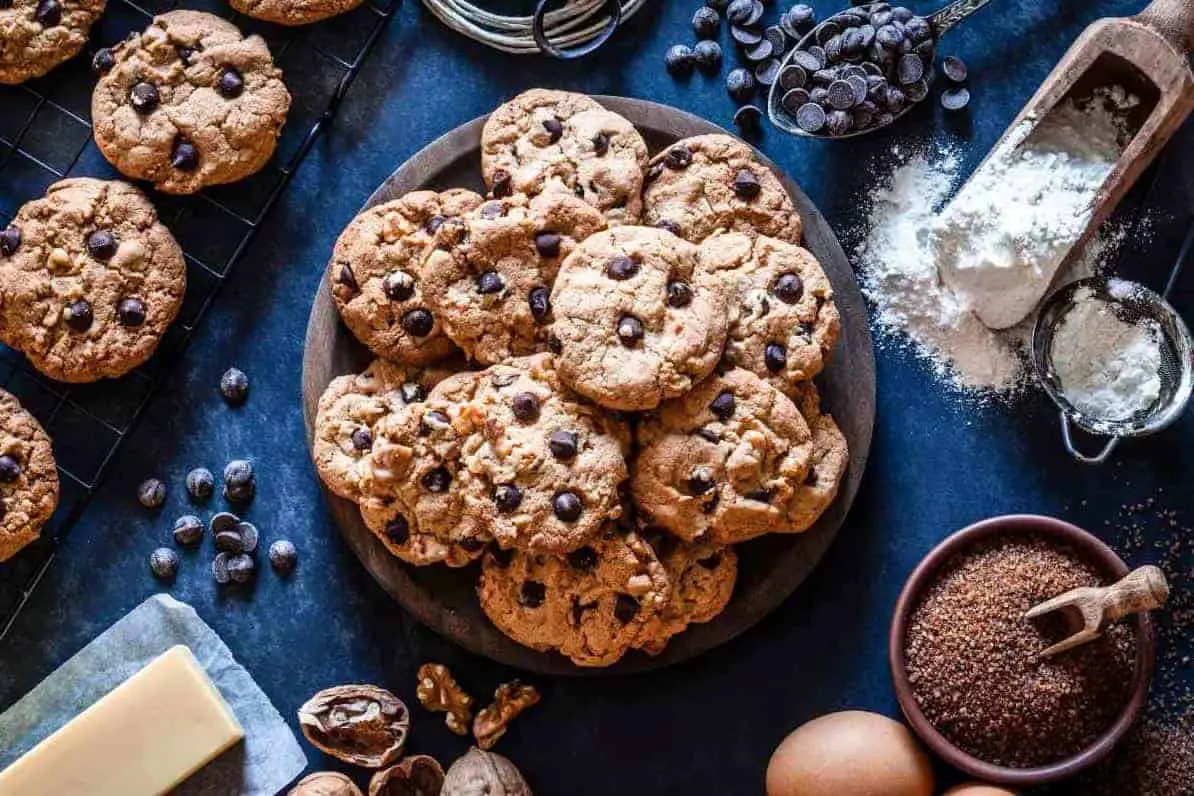Baking soda plays a vital role when baking cookies. It might look just like a simple powder and you want to skip the part about adding it to your dough. But, doing this will result in not-so-good cookies. So, what does baking soda do in cookies? Let’s find out.
What Is Baking Soda?
Baking soda is a raising agent frequently used in baked products. This straightforward substance known most of the time as sodium bicarbonate occurs naturally in crystalline form but is processed to powder to be used in food.
If you are wondering where it is found, it is mined from the ground just like other minerals. It is known as nahcolite and trona before being turned into a soda.
Due to its extreme versatility, baking soda can serve as a treatment for a variety of ailments when taken alone or in combination with other substances. Baking soda has been around for a long time and is highly regarded for its cleansing and baking abilities.
How Baking Soda Works
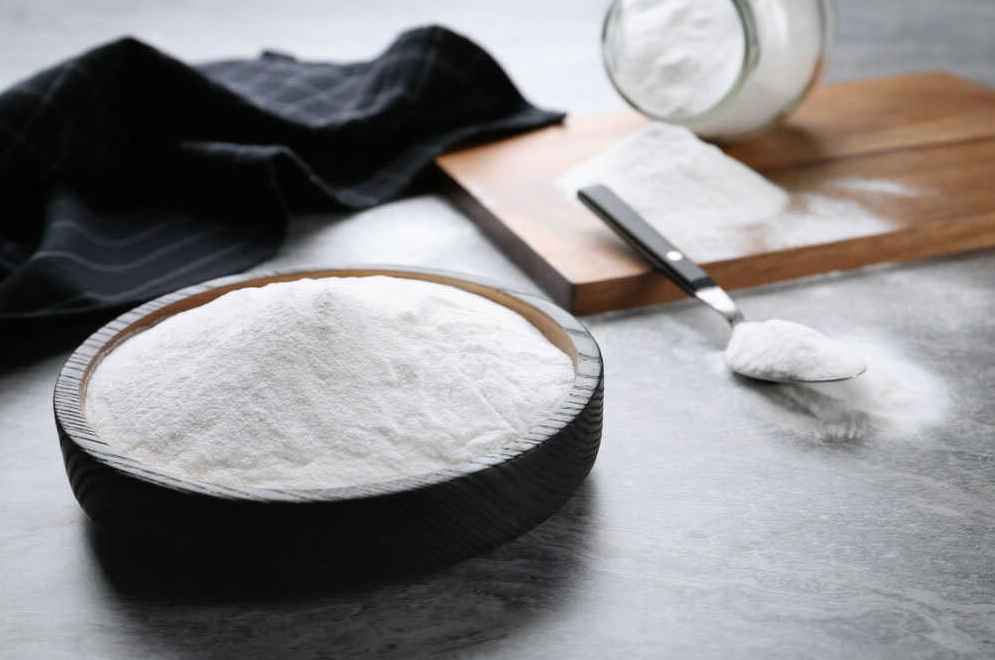
Baking soda will start leavening once you mix it with liquid and with something acidic like molasses, lemon juice, and cocoa powder. What this also means is that leaving the dough too long and not baking it right away can result in no leavening of the dough.
This happening is known as bench tolerance which refers to how long a dough may be kept without losing its leavening. Cookie recipes that need baking soda and also need a lot of moisture shouldn’t be kept around too long before baking.
Does Baking Soda Leaven Cookies?
Baking soda is typically utilized as a leavening agent in quick-bake recipes for things like cookies, muffins, and pancakes.
This is due to the fast-acting chemical interaction between sodium bicarbonate and its acidic equivalent. Baking soda and acid react to create Carbon dioxide gas bubbles, giving bread and pastries an airy appearance.
Additionally, the CO2 will permeate and increase any contained air as soon as the dough begins to bake. Whether the dough may be stored in the refrigerator or has to be cooked immediately depends on the acid and baking soda.
What Does Baking Soda Do in Cookies?
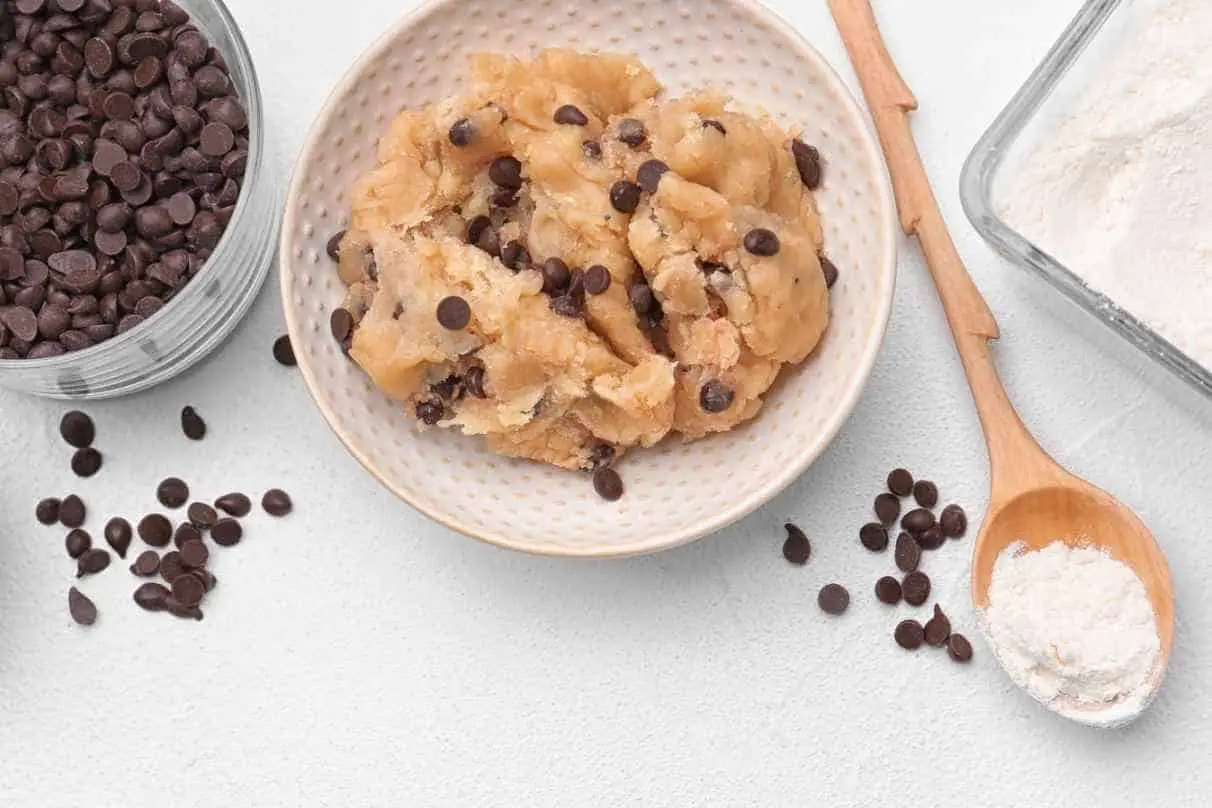
Texture
The first task of the baking soda is to make the outside of your cookie crisp while maintaining a soft center. Bubbles form when baking soda is combined with water and an acid (lemon juice, buttermilk, etc.) due to a chemical reaction that takes place. These are brought on by the production of carbon dioxide.
Additionally, baking soda lowers gluten while increasing pH levels. Because of this, cookies become softer and less chewy. Even though baking soda seems to be used in only little amounts in some recipes, the texture might be significantly affected by its absence.
Flavor
Do you know how certain cookies have a salty and sour flavor? Baking soda is typically the culprit. Well, using too much of this can significantly increase the saltiness of your baked products because it is genuinely salty. Even the flavor of your cookies can have a metallic undertone if you put too much baking soda.
Color
When baking soda is used, it turns cookies and other pastries a golden brown hue. You’ll notice that some flat cookies have lighter colors than others. It’s because baking soda isn’t utilized. Naturally, baking gives it its brown color, but baking soda gives your baked products a richer brown.
Can I Substitute Baking Soda With Other Ingredients?
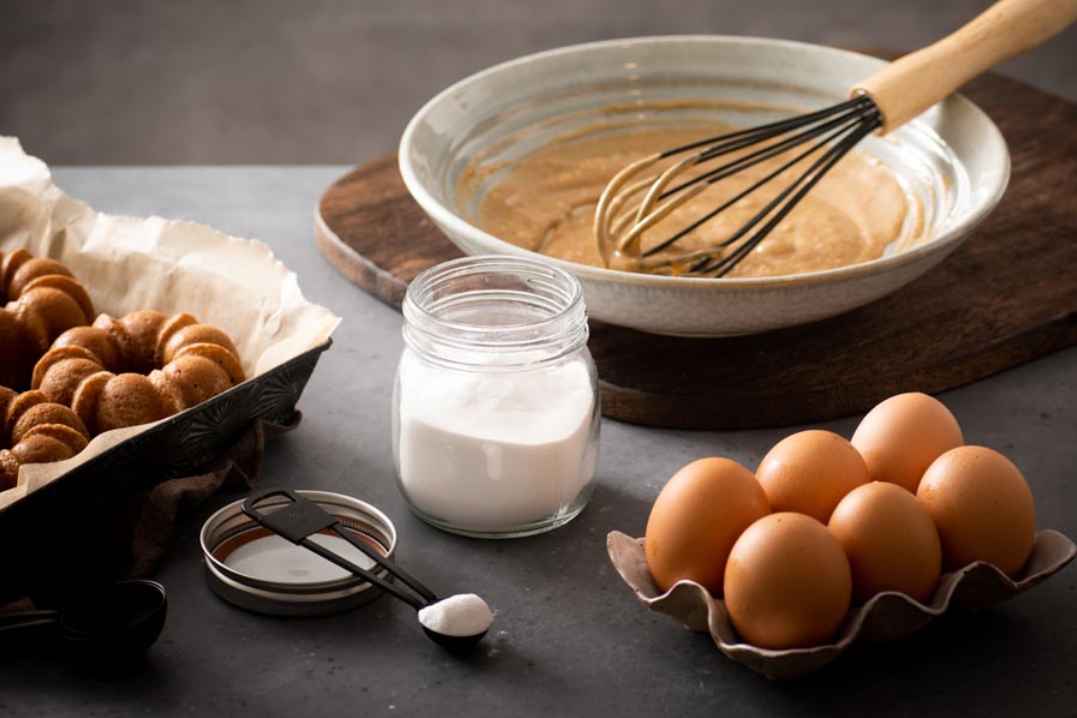
Going to the grocery store is not necessary if you discover that you can bake without baking soda. You can try any of the substitutes below that you might already be using in your house:
1. Baking Powder
Without a question, the greatest baking soda alternative available is baking powder. They aren’t the same thing—baking soda is around three times stronger—but they both function as leavening agents in a comparable manner. When working with a thick, sugar-based substance, substitution works best since the individual components can result in a variety of textures.
2. Self Rising Flour
Self-rising flour is simply a combination of flour, baking powder, and salt, which enables baked items to rise without the need for additional leavening agents. You might even have this already on your countertop or pantry.
3. Egg White
Your recipe can gain structure and leavening power from whipped egg whites. They function best when used in place of baking powder, while they can occasionally be used in place of baking soda.
However, some cookies still require baking soda for better rising. But if you are following flexible recipes for cookies like a standard chocolate chip cookie, then substitution is possible.
Are Baking Soda and Baking Powder The Same?
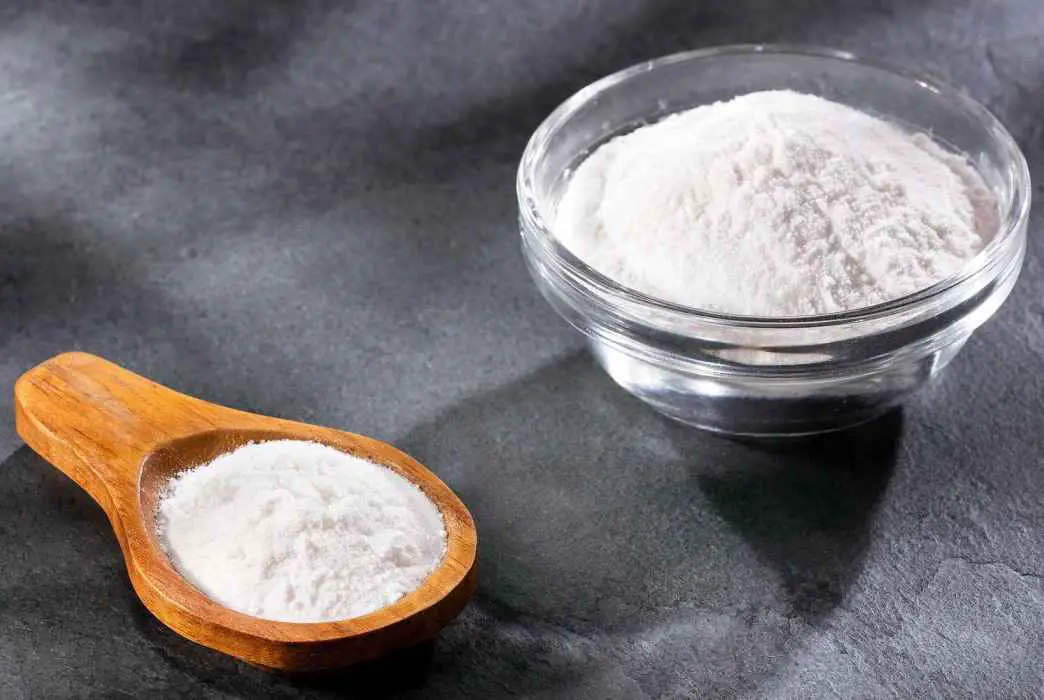
Baking soda requires the addition of an acid to create the gas. The mechanism then begins to neutralize the acid, creating C02 in the process. Remember the baking soda volcanic demonstration from elementary school?
When the science instructor added acid, it erupted and spilled. Baking soda is activated by a variety of acids. Because of this, baking soda is utilized in recipes that call for the use of an acidic component.
On the other hand, baking powder is simply a mix of baking soda and acid. All it requires for activation is the addition of heat and moisture. It is generally utilized in recipes where adding an acidic component is not necessary.
When to Use Baking Powder
Acid is already included in baking powder. When an acidic component is absent from a recipe, people substitute baking powder.
Most of the time, baking powder is labeled as double acting by companies. That indicates that when it is combined with a fluid, it will begin to produce carbon dioxide. When you heat the combination, it will reactivate.
Baking powder and baking soda are both utilized in certain recipes. When baking soda by itself cannot leaven the dough sufficiently by producing carbon dioxide, baking powder generally provides an additional lift.
When to Use Baking Soda
Baking soda is frequently used in recipes that call for acidic components, such as lemon juice and cream of tartar.
Baking soda reacts with the acid to produce carbon dioxide when it is incorporated. The mixture expands and rises while baking in a hot oven, resulting in a delicate and fluffy texture for the final product.
Because of this, it is best used for baking goods like cookies and cupcakes that need leavening.
Can I Use Both Baking Soda and Baking Powder When Making Cookies?
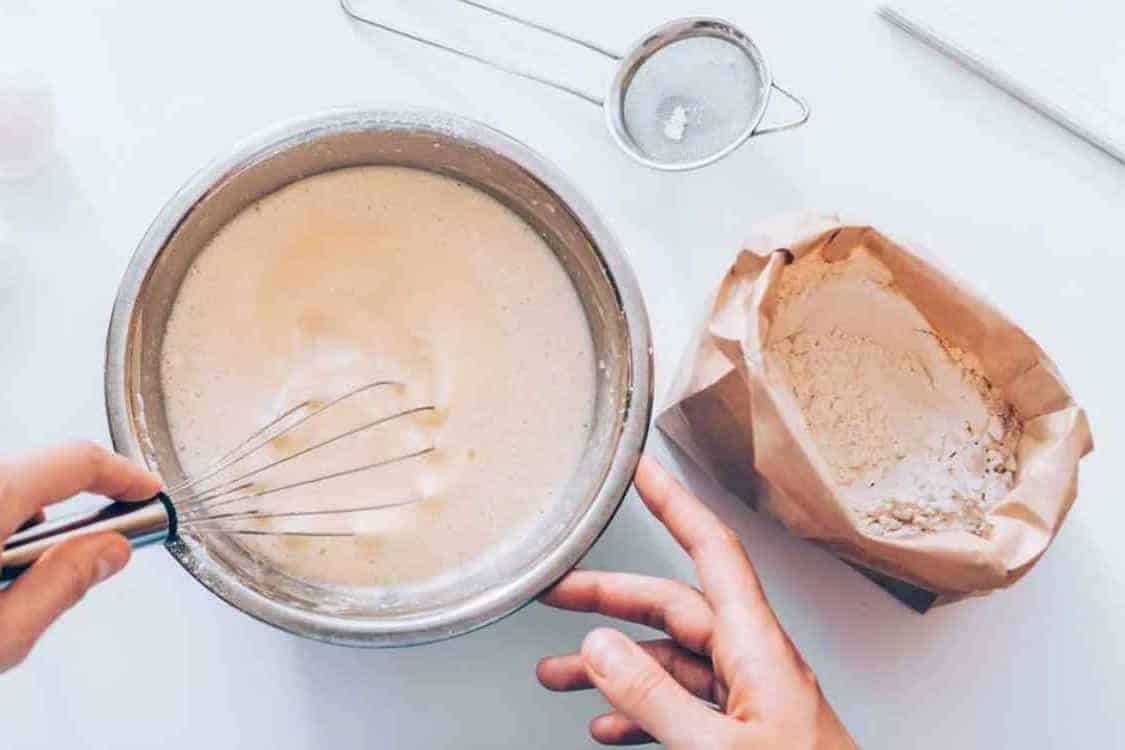
Yes. Both baking powder and soda are frequently used in cookie recipes. And you can even bake without both of them.
Knowing that baking soda and baking powder are only additional ingredients is crucial. The ingredients, mixing techniques, and baking temperature are the key actors even though they facilitate baking and affect the outcome.
Are There Times When Baking Soda Is Not Needed?
Some cookies do not call for baking soda. Usually, these cookies are those that use yeast, which is also a leavening agent but is organic. But, there are just some cookies that don’t need leavening. Especially those that are thin, crumbly, and have a more biscuit-like texture. Such cookies are:
- Oatmeal Cookies
- Spritz Cookies
- Chocolate Polvoron
- Snowcap Cookies
What Will Happen If I Don’t Put Baking Soda in My Cookies?
Since cookies usually need leavening, forgetting to put one will result in flat and hard cookies. Of course, these are still edible. However, it wouldn’t taste that good. And you’ll get a chip-like cookie since it won’t rise.
So if you are planning to serve your guests some tasty cookies, make sure you stick with the recipe and put baking soda.
Tips for Using Baking Soda in Cookies
Cookies are easy and complex to make at the same time. So baking it, especially if it uses baking soda, you need to have enough knowledge. To help you, here are some essential tips to consider.
1. Adjust the amount according to your cookie preference
Since baking soda adds air to your cookies, it makes your cookie crisp rather than cakey. So if you prefer chewy and gooey cookies, try to add fewer than the amount specified in the recipe.
2. Don’t make the mixture wait
The leavening effect of baking soda is not infinite. So when you are making a cookie, quickly mix the ingredients and strictly follow the time stated in your recipe regarding the rising time. Once your dough or batter is well-leavened, immediately put it in the oven and bake it.
3. Strictly follow the cookie’s recipe
Baking isn’t as flexible as cooking where you can easily tweak the ingredients and still get a delicious dish. Baking requires you to strictly follow the recipe because if you mess up a step, then your cookies may turn out bad, like really bad. So avoid this at all cost by sticking to your recipe, step-by-step.
Conclusion
What does baking soda do in cookies? A lot. So hope you have finished reading the whole content and have gained a lot about the importance of baking soda so your next baking session will be easy.
